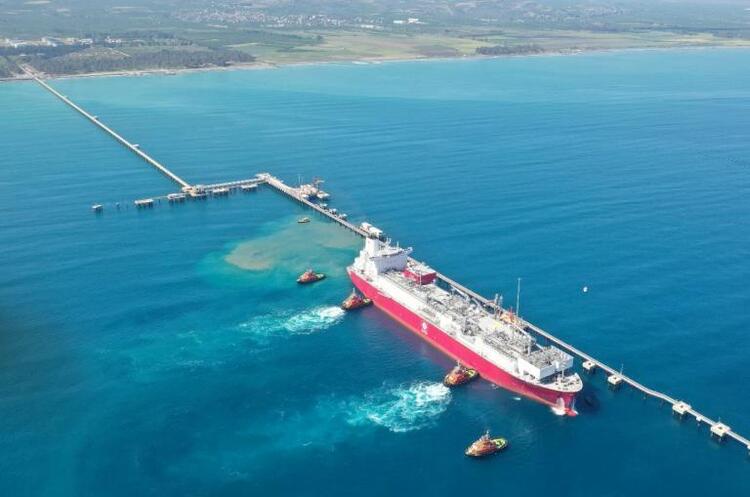Oil terminal in Turkey has become a major hub for Russian oil supplies to Europe
Turkish customs is provided with false information about the country of origin of oil

The Turkish oil terminal in the city of Dörtyol on the Mediterranean coast, near the border with Syria, has become an important hub for transshipment of sanctioned Russian oil to Europe since the beginning of Russia's invasion of Ukraine.
Source. This was reported by the Financial Times on Tuesday, January 30, based on analysts' data.
According to the analytical company Kpler, over the past two years, oil supplies from Russia have increased dramatically. Thus, Russia accounted for 90% of the oil delivered to the terminal by sea in January-November 2023 – 9.2 million out of 10.5 million barrels.
At the same time, less than 584 thousand barrels arrived from Russia in 2021, and 3.7 million in 2022. Thus, in 2021, the volume of products received by the terminal from Russia amounted to 38% of all sea cargo, and a year later – 67%, according to analysts, the FT cites information from analysts.
These figures are refuted by the owner of the terminal, Istanbul-based Global Terminal Services (GTS): it cites data from the Turkish Customs Administration, according to which Russian products accounted for 20% of "total cargo activity" in 2022 and 10% in 2023.
Kpler analyst Viktor Katona explains these discrepancies by saying that "some terminal customers provided Turkish customs with false information about the country of origin" of the oil. Meanwhile, Kpler tracks the movement of tankers from the port of loading to the port of delivery, so there can be no doubt about the source of supply, the FT emphasizes.
At the same time, according to shipment data, while in 2022, about 53% of the oil that came from Russia was shipped to the EU countries in violation of sanctions, in 2023 this figure jumped to 85% – mainly exported to Greece, Belgium and the Netherlands.
And in the case of petroleum products, the relevant figures may be even higher, and almost the entire volume may go to the EU. For example, from January to November 2023, the Dörtyol terminal received 2.7 million barrels of vacuum gas oil from Russia, of which 2.5 million were shipped to Europe, mainly to Greece.
Background. As a reminder, the EU wants to invest €10 billion in the Trans-Caspian corridor connecting Europe and Central Asia.
If you have read this article to the end, we hope that means it was useful for you.
We work to ensure that our journalistic and analytical work is of high quality, and we strive to perform it as competently as possible. This also requires financial independence. Support us for only UAH 196 per month.
Become a Mind subscriber for just USD 5 per month and support the development of independent business journalism!
You can unsubscribe at any time in your LIQPAY account or by sending us an email: [email protected]



